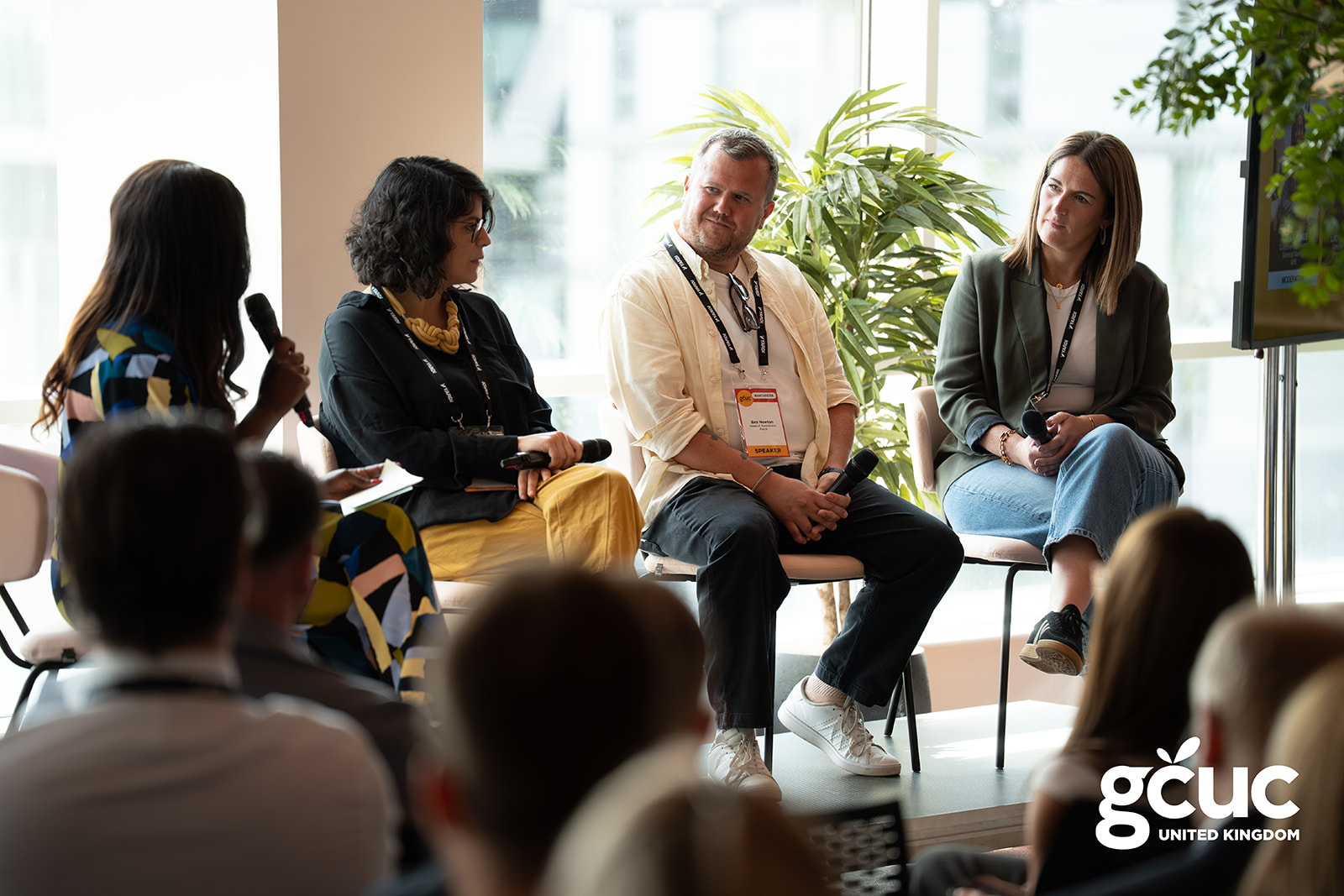
Insights from GCUC UK’s “Gold Standard Experience” panel with Nicola Jones (GPE), Lucy Pickavance (Phoenix Resourcing), Ana Bernardo (Work.Life), and Ben Newton (Patch)
What makes you walk into a workspace and immediately think, “Yes, this is it”? Is it the Instagram-worthy design? The fancy coffee machine? The ping pong table that nobody actually uses?
According to a panel of industry experts at GCUC UK, it’s none of those things—and all of them, depending on who’s asking.

Nicola Jones, GPE
Nicola Jones from GPE brought together three fascinating perspectives: Ana Bernardo Head of Operations at Work.Life, Ben Newton who’s scaling Patch across regional UK towns, and Lucy Pickavance, the recruitment expert who’s been placing people in coworking spaces for 19 years and has probably seen more workspace disasters than anyone should.
The Vibe Check: What Actually Makes Spaces Work
When asked what gives them that “they’ve absolutely nailed it” feeling, the panel’s answers were refreshingly human.
“For me, it’s about the vibe,” Ana said. “You come in, you feel like people are enjoying their time at work—which is where we spend most of our day. People are connecting to each other.”
Ben took a more practical approach: “Functional space that’s also beautiful. The amount of spaces you walk into that look beautiful but operationally fail to deliver.” His point? All the gorgeous design in the world means nothing if your Wi-Fi cuts out during important calls or the meeting room booking system requires a PhD to operate.
Lucy, who gets to work from multiple client spaces for free (lucky her!), focused on something else entirely: “What’s really apparent is when you walk into a space and it’s not just the members that are happy—you can really tell that the staff are enthused and want to be there.”
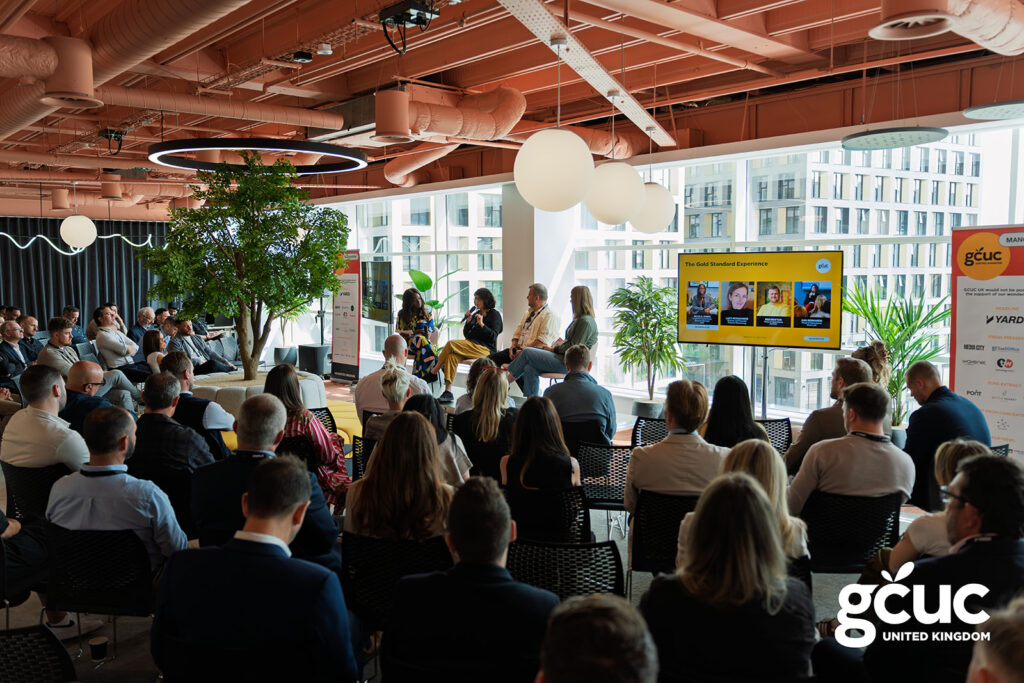
The People Problem: You Can’t Teach a Smile
Here’s where things got interesting. All three panelists agreed that when it comes to hiring, soft skills trump everything else. You can teach someone how to use your booking system, but you can’t teach them to genuinely care about people.
“I look for someone who’s really positive, very engaging, who has dealt with difficult situations in the past,” Lucy explained. “Customer service is such an important skill set, and wanting to turn up every day and deal with people.”
Ben was even more direct: “It’s quite a draining job constantly—you’re at that front line, talking to people all day and often absorbing your members’ problems. You need someone who’s a people person with relatively high energy.”
The secret weapon? Meeting candidates in person. “You can’t tell by a video call if someone stands a bit too close or is just a little bit off,” Ben noted. “You want to make sure before you sign the dotted line that you’ve met the person.”
Values Aren’t Just Wall Art
Ana from Work.Life emphasised something crucial: hiring against company values isn’t just HR speak—it’s operational necessity.
“We hire against our values. We have really clear values as a company, and we expect people to uphold those values throughout their time with us,” she said. “When we do performance reviews, we make sure it’s not just about what they’re delivering—all the KPIs—but about how they’re delivering it.”
The magic happens when these values get mirrored in the member experience. Happy staff who embody your company values naturally create better communities.
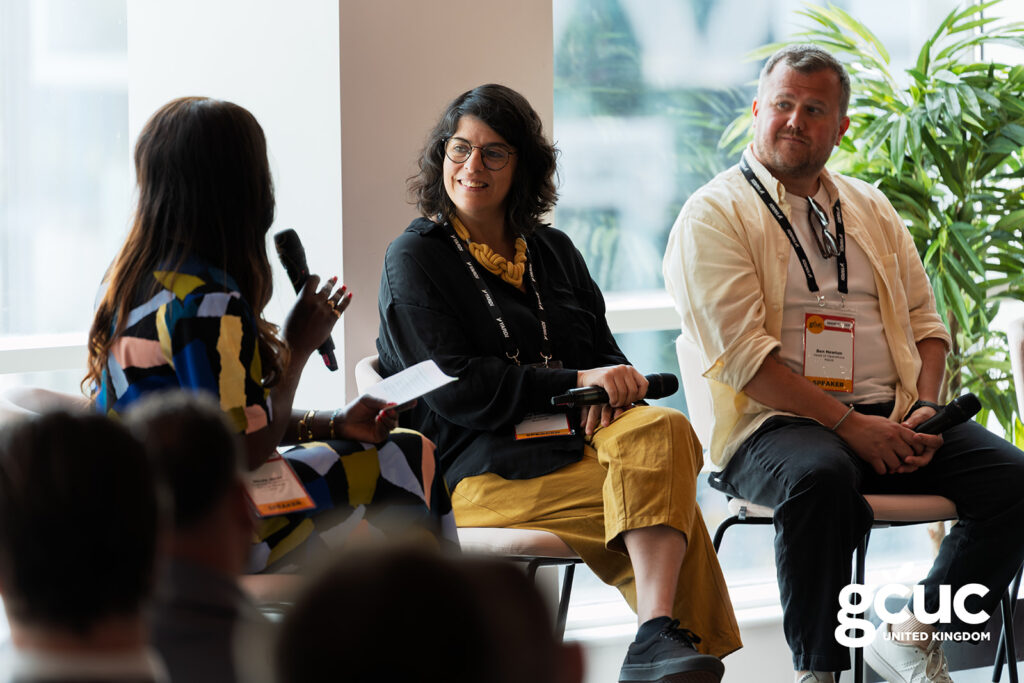
Ana Bernado, Work.Life
The Regional Revolution: Why Location Changes Everything
One of the most fascinating discussions centered on how different locations require completely different approaches. Ben from Patch, which operates in regional towns, had some eye-opening insights.
“Before we even start drawing a floor plan, we’re having conversations with people—local councils, stakeholders, artists, designers, creatives, different companies—and we ask: what’s missing from here?”
This approach led to unexpected additions like podcast studios in some locations and wellbeing studios in others. “We wouldn’t have a podcast studio if we hadn’t asked those questions in one town. We wouldn’t have a wellbeing studio if we hadn’t asked in another.”
The result? Regional spaces become part of the civic culture in ways London spaces rarely achieve. “Birthday parties happen, weddings might happen, book clubs, cinema clubs—it’s not just coworking.”
London vs. The Rest: A Tale of Two Communities
Ana, with Work.Life spaces across both London and regional locations, confirmed Ben’s observations with a surprising twist: even within London, spaces just meters apart can have completely different vibes.
“We have Old Street Shoreditch and Liverpool Street literally five minutes apart from each other. Although they’re in the same city, the whole vibe is completely different—different people, different communities, different industries.”
The key difference? Liverpool Street is a commuter hub where people arrive, work, and leave for their trains. Camden and Manchester are neighbourhood spaces where the coworking space becomes people’s local hub.
This insight drives different event strategies: “What’s the point of having pizza and beer in the evenings if they’re going to leave to catch their train home? So instead of evening events, we have lunch events or brunch events.”
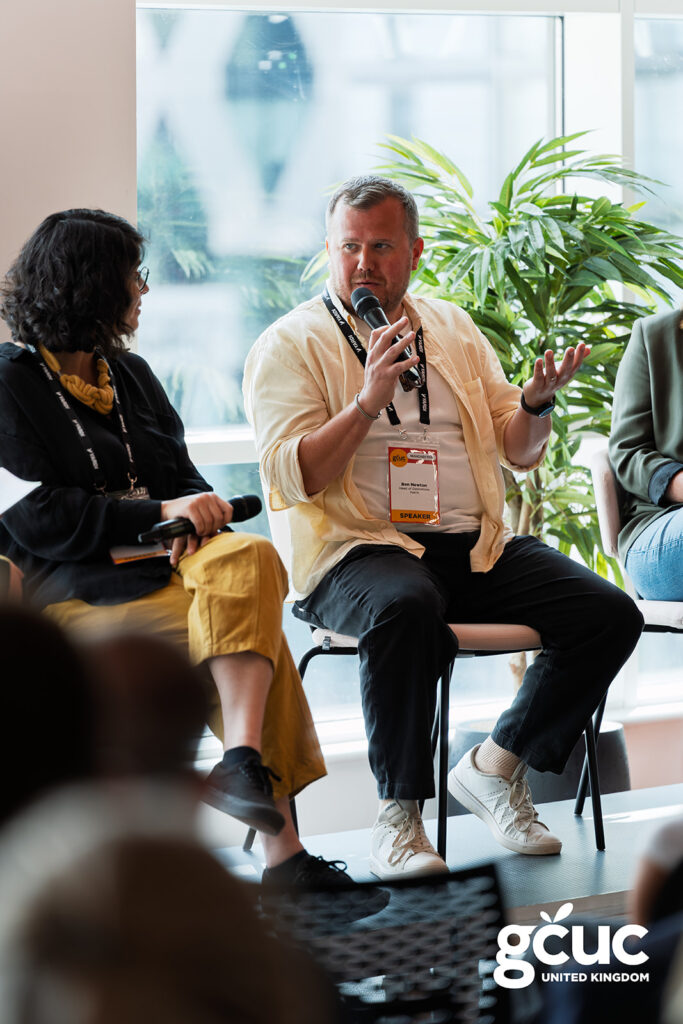
Ben Newton, PATCH
The Autonomy Equation: Trust Your Team
All three operators emphasised the importance of giving their teams ownership over their spaces. Ana summed it up perfectly: “We want them to run their spaces as if it’s their own business.”
Ben echoed this: “We give them the autonomy to do a certain level of discounting, pricing, events. We have the structure behind it, but we make sure people have the autonomy.”
The trade-off? Some inconsistency across locations. But as Ana noted, “It’s about understanding what the non-negotiables are and being clear about those, while continuing to empower teams and making sure their voice is heard.”
The Operations Behind the Magic
Here’s something that doesn’t get talked about enough: great community experiences are built on boring operational excellence. Ana broke it down beautifully:
“Operations enable the humans. Service and simplicity enable community. When teams have all their processes working and they’re not spending time on boring admin stuff, they can actually focus on connecting with members and enabling community.”
Ben’s constant question to his team: “This is good, but can it be better? When we get to X number of sites, what does it look like then?”
The goal is making operations invisible to members—they should only notice when something goes wrong.
The Benefits Revolution: One Size Fits None
Lucy shared a brilliant insight about employee benefits that’s applicable to member perks too: forget one-size-fits-all approaches.
“Instead of saying ‘we’re giving you a gym membership,’ why not give them a £20 voucher for whatever they actually need? Someone might not go to the gym but would really value help with their Oyster card because commuting is expensive.”
Work.Life took this to heart with their wellbeing allowance—giving each team member a monthly budget to spend on whatever supports their wellness, whether that’s massage, gym membership, or access to specific platforms.
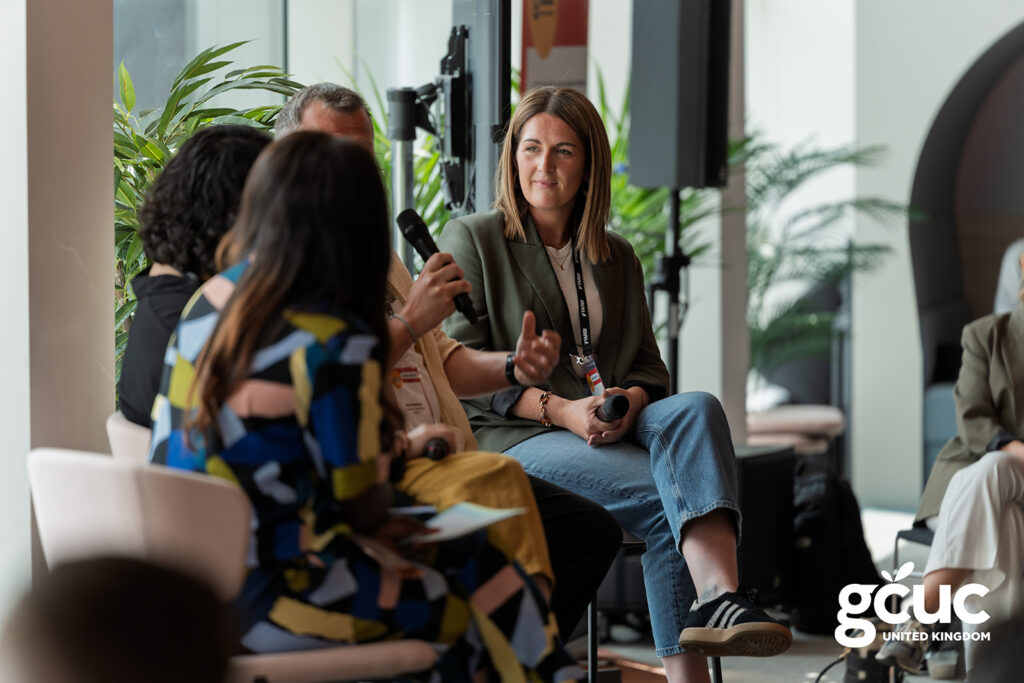
Lucy Pickavance, Phoenix Resourcing
The Hybrid Work Reality Check
When asked if candidates still want work-from-home options, Lucy was blunt: “Yes, everybody is still asking for it. Operators are not necessarily giving it anymore.”
The panel agreed that this actually strengthens their value proposition. As Ben put it: “The reason I love what we do is the amount of feedback we get that we’re helping people combat loneliness and being stuck at home and not being productive.”
Ana added: “Our industry has its pre-, during, and post-COVID phases. During COVID, we almost forgot how to socialise. Now we’re seeing people have that need to combat loneliness again.”
The Expectations Game: When Standard Becomes Basic
Perhaps the most sobering insight came when discussing rising member expectations.
“When you offer something, it becomes a staple and becomes the norm,” Ben noted. “Free coffee and tea, wellness studio—that’s just business as usual now. It’s quite difficult when that’s not really business as usual for us.”
Ana agreed: “There’s so much variety now, so much competition. Members really know what they’re signing up for, and there’s a coworking space for everyone depending on their needs.”
The solution? Keep innovating while staying true to your core values and target community.
The Bottom Line: It’s All About People
After an hour of discussion covering everything from operational systems to wellbeing allowances, the panel’s core message was remarkably simple: great spaces are about people taking care of people.
Whether it’s hiring team members who genuinely want to be there, designing spaces based on local community needs, or giving teams the autonomy to create authentic experiences, the gold standard isn’t about gold-plated fixtures—it’s about human connection.
As Lucy put it: “Great spaces are built around people. If I find brilliant service when I walk in—a big smile, ‘hi, how are you, where are you going?’—that makes me want to stay in the building.”
The secret recipe isn’t really secret at all. It’s just surprisingly hard to execute consistently: hire good people, give them the tools and autonomy to succeed, listen to your community, and never stop asking how you can make it better.
Want to dive deeper into building exceptional coworking spaces? Join us at GCUC UK London, 8 & 9 October at Convene. Two days of panels, tours, and real conversations with the industry’s best.
